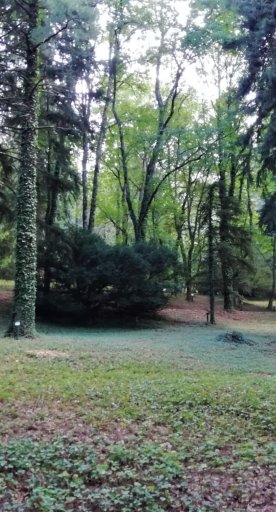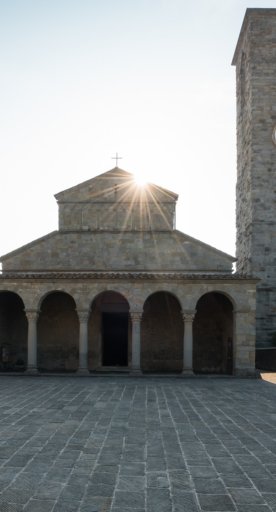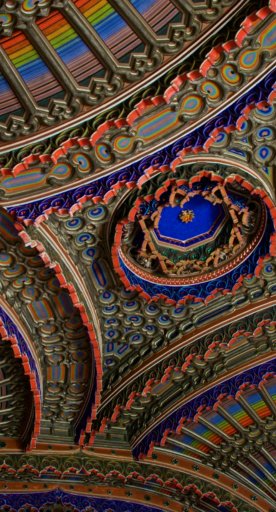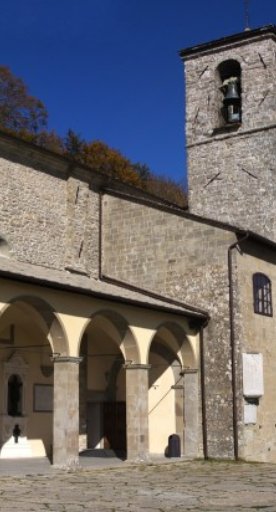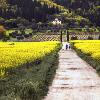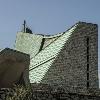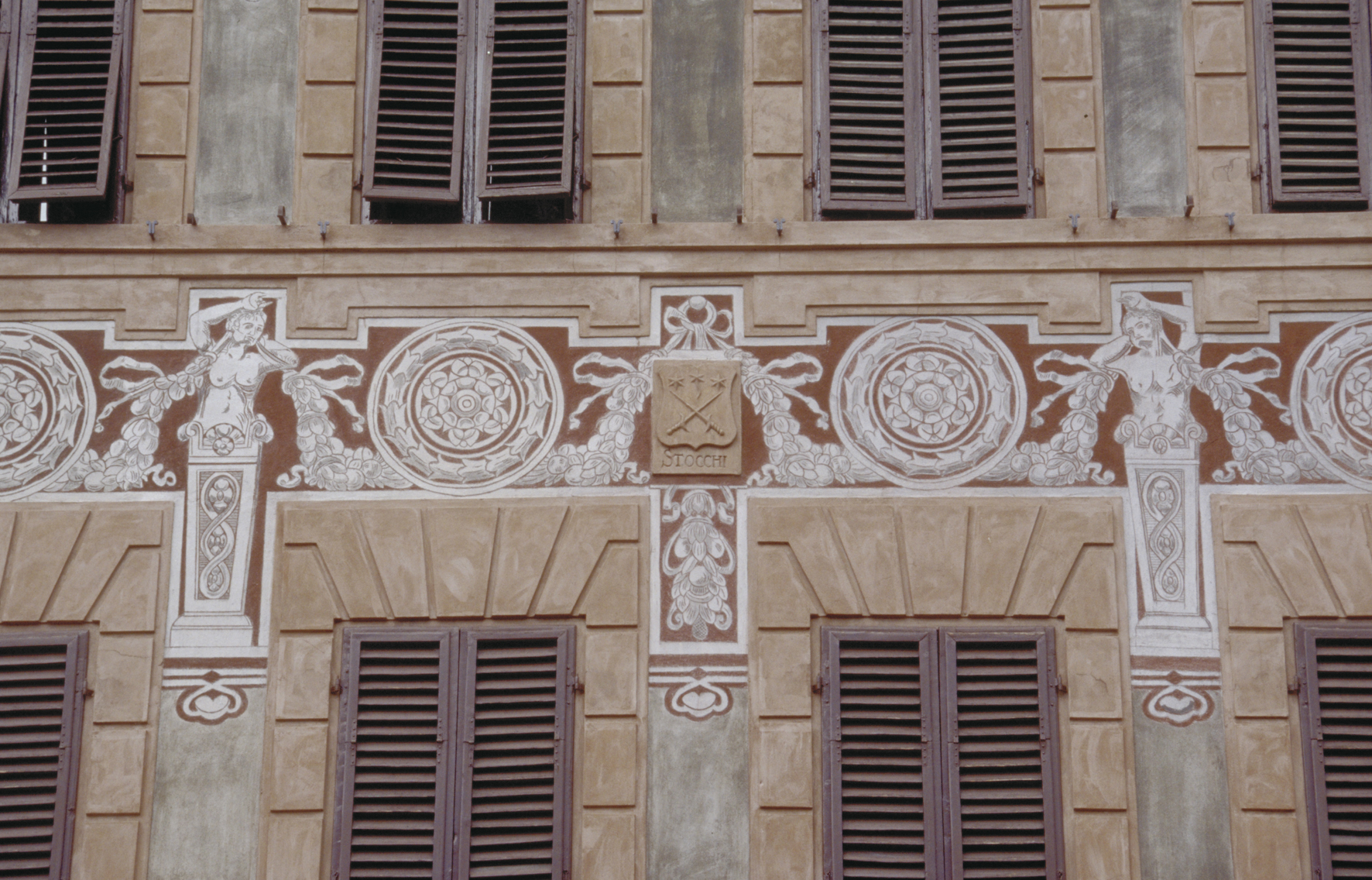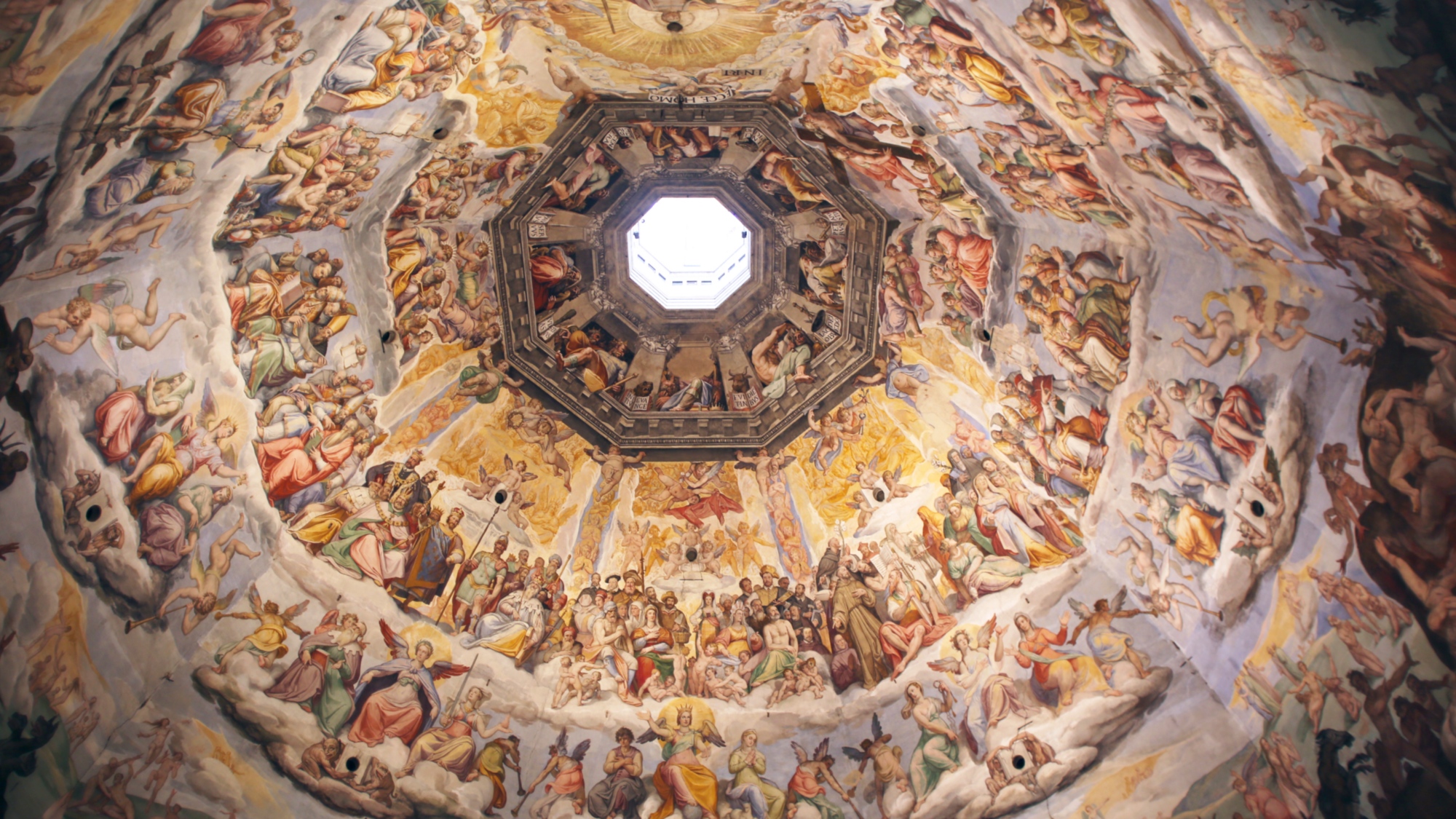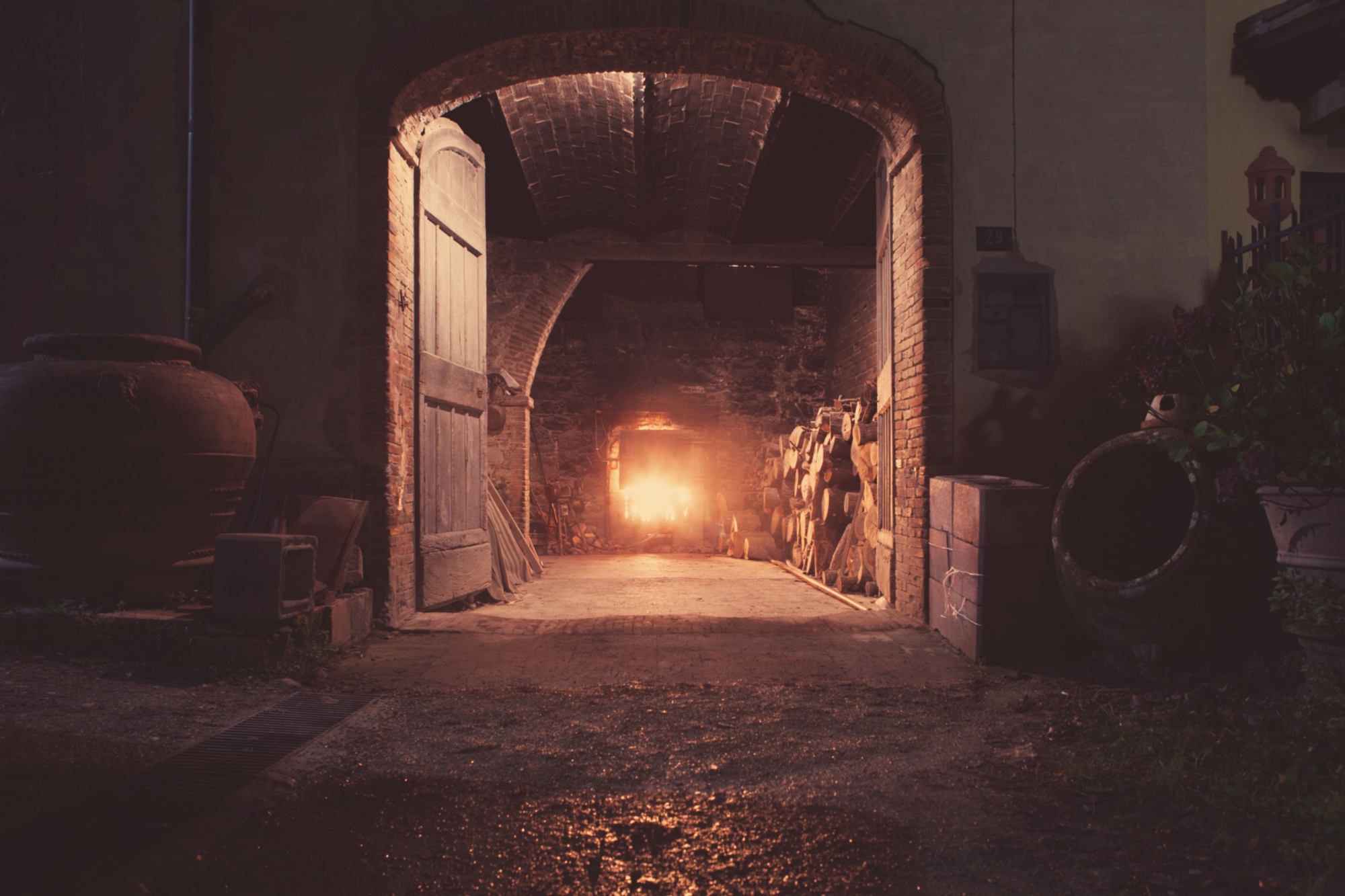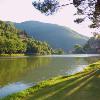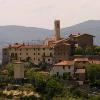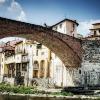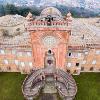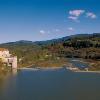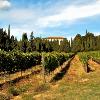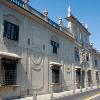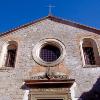Right as you arrive in the town, you’ll see the Parish church of S. Pietro a Cascia, built on the request of the countess Matilde di Canossa between the 10th and 11th centuries. The monument is perfectly intact (in part due to some skillful restaurations), and is a typical example of Romanesque architecture.
The Museum dedicated to Masaccio is also nearby, home to the wonderful Triptych of San Giovenale.
Regello is found on Florentine mountains, between the north-western side of Pratomagno and the Upper Valdarno among the Vallombrosa woods. And right here is the beautiful Vallombrosa Abbey, the most recognisable element of this area. The Abbey was founded by San Giovanni Gualberto, who in 1036 retired to a place now called Acquabella, with a few others following his lead. After a first wooden oratory, the community managed to build a stone church in 1230 alongside the growth of the monastery. The 15th century saw the development of the cloister, the sacristry, the tower, the refectory with a kitchen and, after an unfortunate series of fires, it was in the 17th century that the Abbey finally achieved its elegant appearance that it still holds today.
Another of Reggello’s highlights has to be the luxurious Sammezzano Castle. The main building has its own unique beauty with an eclectic, mostly European-styled construction, an effect of the 19th-century restructuring of a large farm built in 1605 for the Ximenes D’Aragona family. Its history is a lot older, however, and dates back to the Roman era. Once inherited by Ferdinando Panciatichi Ximenes d’Aragona, the castle was completely redesigned between 1853 and 1889. Over the course of about 40 years the marquis planned, paid for and followed through with the building of Sammezzano Castle and park. It’s considered the most important example of Eastern architecture in Italy; all of the bricks, stuccos and tiles were laid out on the spot by specially trained workers.
The municipality of Regello is also home to several natural treasures that, from the bottom of the valley right to the mountaintops, constitute important ecosystems for biodiversity conservation. The Natural Protected Area of the Sant’Antonio Forest and the Balze, together with the historic Vallombrosa Biogenetic Reserve, are Reggello’s flagship green lungs.










